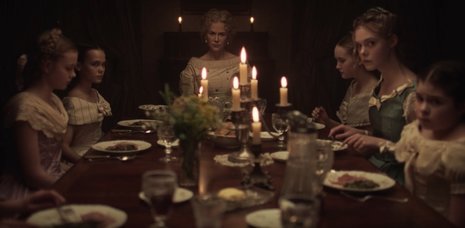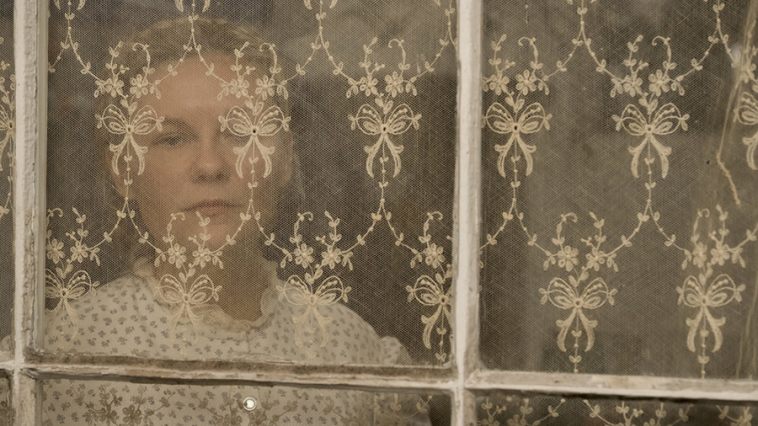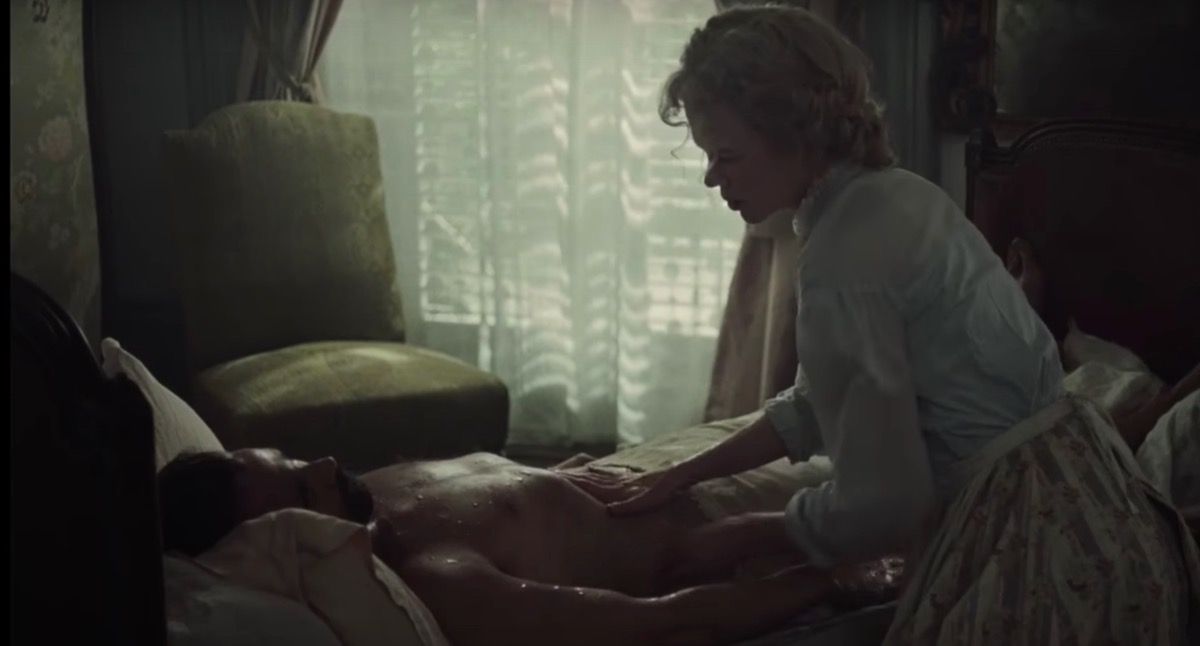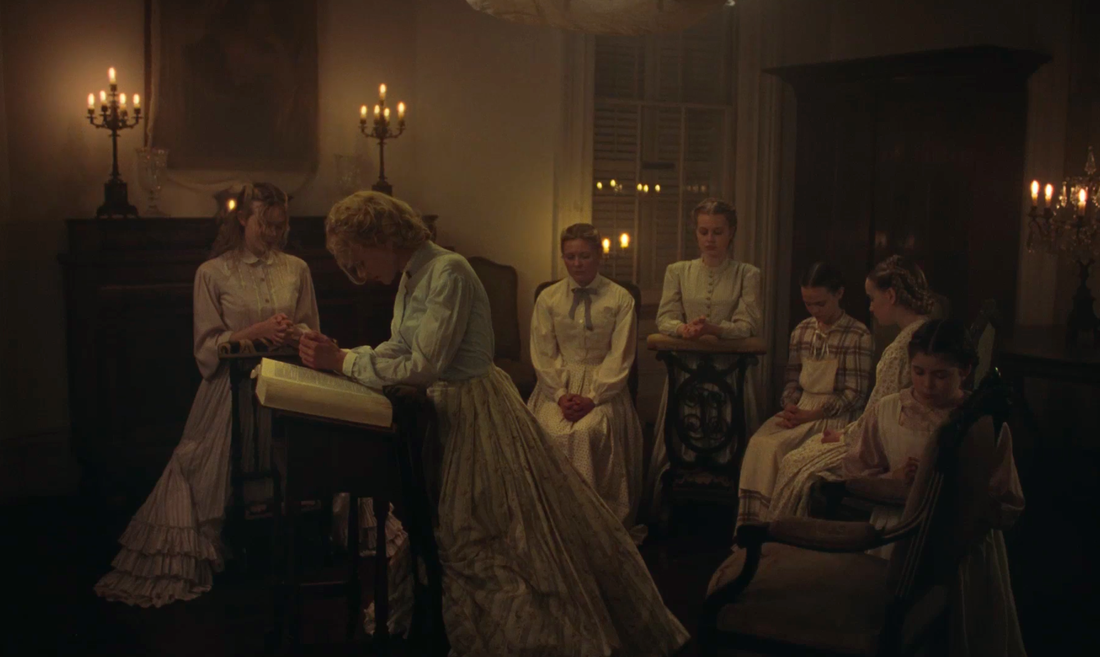 Set in Virginia during the height of the Civil War, Sofia Coppola's The Beguiled unfolds at a southern boarding school, where a group of young woman live a life which leaves them sheltered from the outside world. When a wounded Union soldier is taken into their home, he begins to slowly upset the fragile balance in the household, igniting sexual tension and causing rivalries among the various woman of the household, whose longstanding sexual repression begins to manifest itself in deceitful and potentially dangerous ways. Sofia Coppola's film is a story about the subversive effects of repression and the catalytic nature of desire, being a film that effectively builds a subversive atmosphere of intrigue and tension around this household, one which has come to see its power dynamics disrupted by the arrival of this Union soldier. Aesthetically, Sofia Coppola's The Beguiled is a beautifully looking film, relying heavily on natural lighting throughout its running time to create an authentic experience. The hot and humid Virginia setting evokes the brooding sexual tension between the film's characters, with Coppola routinely distorting the compositions and blurring the frame, an interesting choice which seems to be a visual tactic used to capture the uncertainty and curiosity of its characters, as many of these woman find themselves succumbing to their primal instincts early on, distorting their proper, societal-defined nature. Jealously and deceit slowly creeps into the household, dismantling the proper 'lady-like' existence of these characters, who slowly and increasingly succumb to their carnal desires. In an era where a woman's primary responsibility was to be a good wife and caregiver to her husband, Sofia Coppola's The Beguiled aims to deconstruct how these type of societal constructs and socially defined gender expectations only breed these toxic manifestations of competition and deceit in these woman, whose repression of their primal nature has left some of them emotionally and psychologically unbalanced. Attempting to appease this union soldier at every turn, the conflict between their expectations of servitude and their own sexual desires leads them to not fully recognize the possibly untrustworthy nature of this union soldier, a masculine presence intent on disrupting the feminine balance of the household. The Beguiled isn't so much about the conflict between masculinity and femininity characteristics as much as it is about incendiary nature of socially defined expectations, as much like the woman of the household, the union soldier himself sees his own undoing indirectly caused by societal expectations of what it's to be a man. When his leg is amputated, the union soldier becomes increasing erratic and hostile towards the woman of the household, a spiteful and violent character who feels that his masculinity has been taken from him. Unable to perform the functions of any well respected man in society, the soldier can no longer fulfill the social expectations of his gender, causing him to become a malevolent force in the household, one that becomes a serious threat to the woman due to his erratic, violent behavior. The finale of The Beguiled sees the woman of the household retake control of their environment through extreme measures, only capable of reestablishing control through the use of force, stifling the oppressive masculine presence through feminine means - serving up a wholesome, proper meal with a diabolical surprise. A film brooding with sexual tension, Sofia Coppola's The Beguiled exhibits the primal, sometimes destructive effects desire can have on the psyche, detailing how repression of intrinsic humanistic qualities of passion and sexual desire always almost always leads to malevolent ends.
2 Comments
Mike O
9/27/2017 08:56:51 pm
I am not so sure that the poorly set-up and unbalanced camera throughout the first half of the film was purposeful. It just looked like the cinematographers had their tripods off level and they didn't notice it until it became too expensive to reshoot. Odd how it pretty much ended halfway through. In terms of syncing with the plot, the camera would be going in the other direction-from balanced and controlled to unbalanced and crazed. Maybe I'm wrong, but it looked like a mistake to me.
Reply
Eric
9/28/2017 08:44:38 am
Interesting, that is certainly possible, I guess I just gave the cinematography benefit of the doubt
Reply
Leave a Reply. |
AuthorLove of all things cinema brought me here. Archives
June 2023
|



 RSS Feed
RSS Feed
